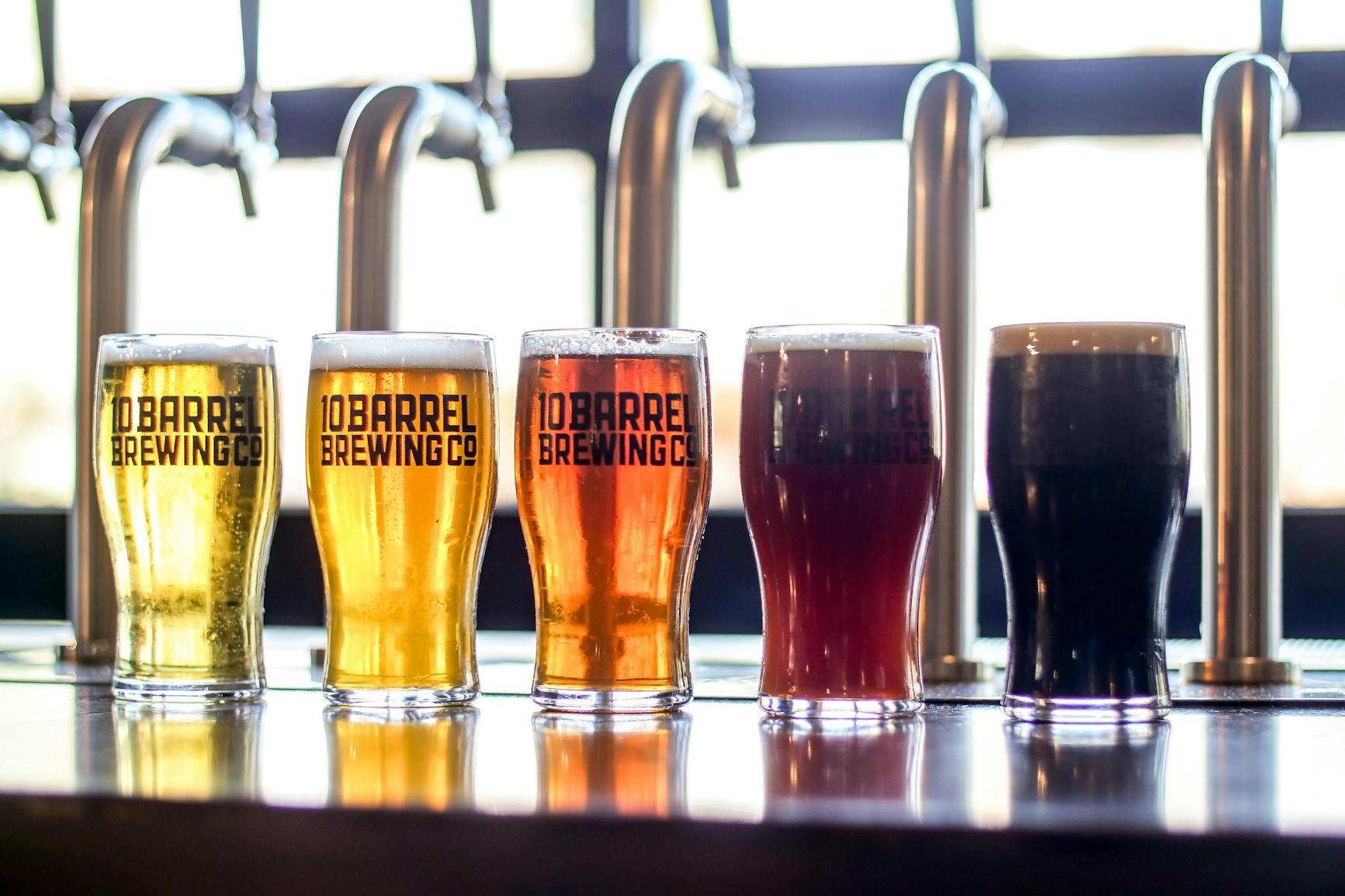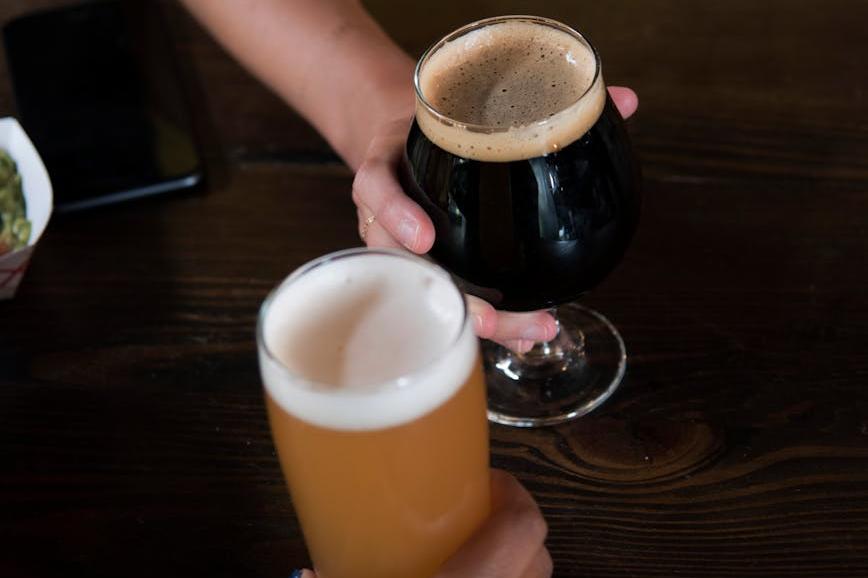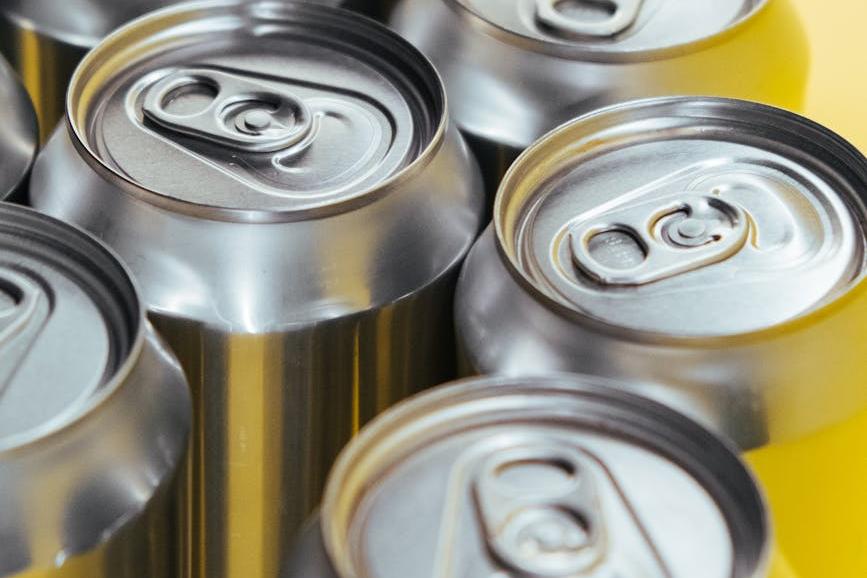- Shanghai Zhongshen International Trade Co., Ltd. - Two decades of trade agency expertise.
- Service Hotline: 139 1787 2118

The Customs Code Behind Beer Foam
As a veteran who has witnessed thousands of beer container clearances, Ive noticed many importers fall into three misconceptions: assuming tariffs equal declared value multiplied by tax rate, believing all beer declaration processes are identical, and thinking compliance documents can be submitted later. This article uses real cases to debunk these myths and teach core principles of beer import clearance.
Four Critical Steps in Customs Clearance
- Confirm the metal composition test report (Needs to include ASTM/EN/JIS standard parameters): Must clarifyIt is recommended to verify through the following methods:issuing authority of certificates and health certificates (manufacturer/local chamber of commerce)
- Maritime TransportationBefore container loading: Validity requirements for malt degree and alcohol content test reports (typically no more than 90 days)
- During port declaration: Different packaging breakage standards for fragile glass bottles versus aluminum cans
- Before terminal sales: Chinese back label filing must include ingredient ratios and allergen information
The hidden formula for tariff calculation
Example: Importing 5L kegged dark beer from Germany (2025 current tax rates):
- Ad valorem tariff: Declared value × 14% (MFN rate)
- VAT: (Declared value + tariff) × 13%
- Consumption tax: 220 yuan/ton (fermented beverages with >0.5% alcohol)
Special note: When declared value falls below customs valuation, it triggers price verification procedures. Last year, a craft beer brand had containers held for 37 days due to this, incurring 120,000 yuan in additional demurrage fees.
Special category declaration guide
- Craft Beer: Requires yeast strain filing certification (Oregon, USA has the strictest requirements)
- Alcohol-free beer: Alcohol content ≤0.5% requires separate test certificate
- Cork-sealed beer: Must declare quarantine treatment certificate for cork
Common customs clearance delay scenarios
- Belgian abbey beer failed to submit production certificate signed by monks
- Japanese limited edition beer without registered anime IP authorization
- Australian beer with kangaroo icon missing animal protection organization permit
Practical Case Studies
In 2024 when we handled a century-old German brand import project, we discovered:The same batch of pilsner beer, 330ml bottled and 500ml canned versions had 11 working days difference in customs clearance due to container material differences. The reason being glass bottles require separate pressure tests while aluminum cans only need manufacturers quality certification.
Three core questions when selecting an agent
- Do they have experience handling automatic import licenses for alcoholic beverages?
- Can they handle sudden quarantine inspections (such as malt aflatoxin sampling required by 2025 new regulations)?
- Have they successfully handled trademark infringement disputes before?
When you hold the agency rights for a niche Nordic craft beer, dont let customs clearance become a stumbling block. Remember: premium beer requires professional clearance solutions, just like abbey beer must be paired with special tulip glasses - only professionalism brings out the true flavor.
Related Recommendations
Contact Form
Category case
Get in Touch
Email: service@sh-zhongshen.com
Related Recommendations
Contact via WeChat

? 2025. All Rights Reserved. Shanghai ICP No. 2023007705-2  PSB Record: Shanghai No.31011502009912
PSB Record: Shanghai No.31011502009912









